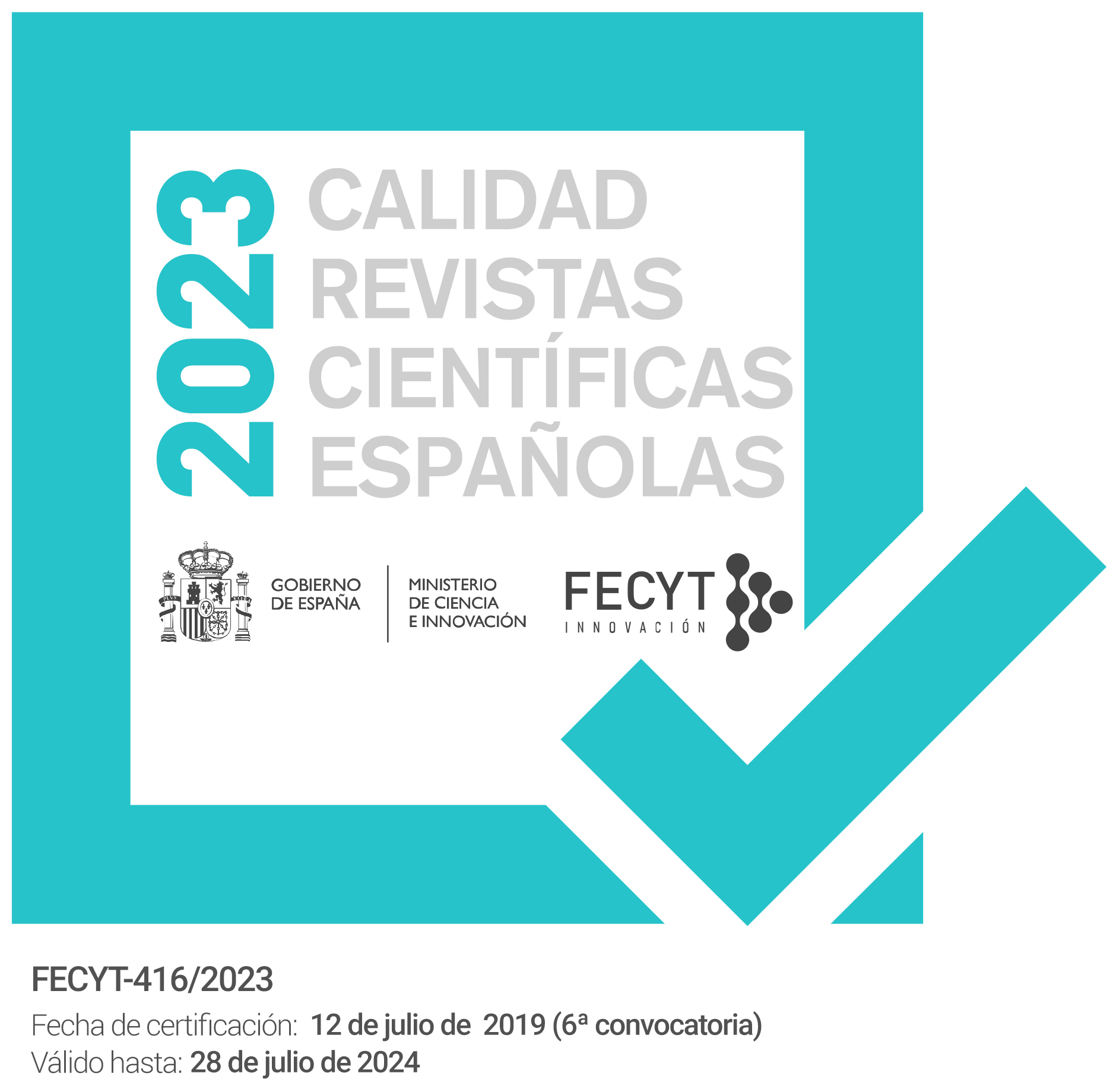Martín de Andújar y la Virgen de los Afligidos
Keywords:
arte canario, escultura barroca, iconografía mariana, Martín de Andújar, Los Realejos, canary art, baroque sculptur, marian iconographyAbstract
El arquitecto y escultor Martín de Andújar Cantos se estableció entre 1634 y 1641 en Canarias procedente de Sevilla, donde se había formado a la sombra del maestro Juan Martínez Montañés. Con él llegaron a las Islas los novedosos planteamientos de la escuela hispalense de imaginería y también los modos de trabajo que regían sus obradores, que pudo trasmitir a aprendices locales en Garachico. La localización en las escribanías tinerfeñas de un documento inédito nos permite respaldar su autoría respecto a la desaparecida imagen de la Virgen de los Afligidos, que realizó junto al Nazareno para la Orden Tercera del Convento franciscano de Los Realejos en 1637.
The architect and sculptor Martín de Andújar Cantos moved from Seville, where he had worked under the guidance of Juan Martínez Montañés, to the Canary Islands, where he lived from 1634 to 1641. Novel proposals from the Seville School of religious imagery arrived with him at the islands, as well as the new working methods employed at his workshopds, which he was able to transmit to the Garachico local apprentices. The finding at the Island’s Court Clerkships of an unpublished document allows us to back his authorship of the dissapeared image of the Virgen de los Afligidos, made next to the Nazarene in 1637 by commission of the Third Order of Los Realejos franciscan convent.
Downloads
Downloads
Issue
Section
License
The articles are open access distributed under the terms of the Creative Commons Attribution-NonCommercial-NoDerivatives (CC BY-NC-ND) Spain 4.0 license. Authors who publish in this journal agree with the following terms:
a) Authors retain the copyright and guarantee the journal the right to be the first publication of the work as well as licensed under a Creative Commons Attribution License that allows others to share the work with a recognition of the authorship of the work and the Initial publication in this magazine.
b) Authors may separately establish additional agreements for the non-exclusive distribution of the version of the work published in the journal (for example, place it in an institutional repository or publish it in a book), with recognition of its initial publication in this magazine.
c) Authors are allowed and encouraged to disseminate their work electronically (for example, in institutional repositories or on their own website) before and during the submission process, as it may result in productive exchanges, as well as a earliest and largest citation of published works (See The Effect of Open Access).



